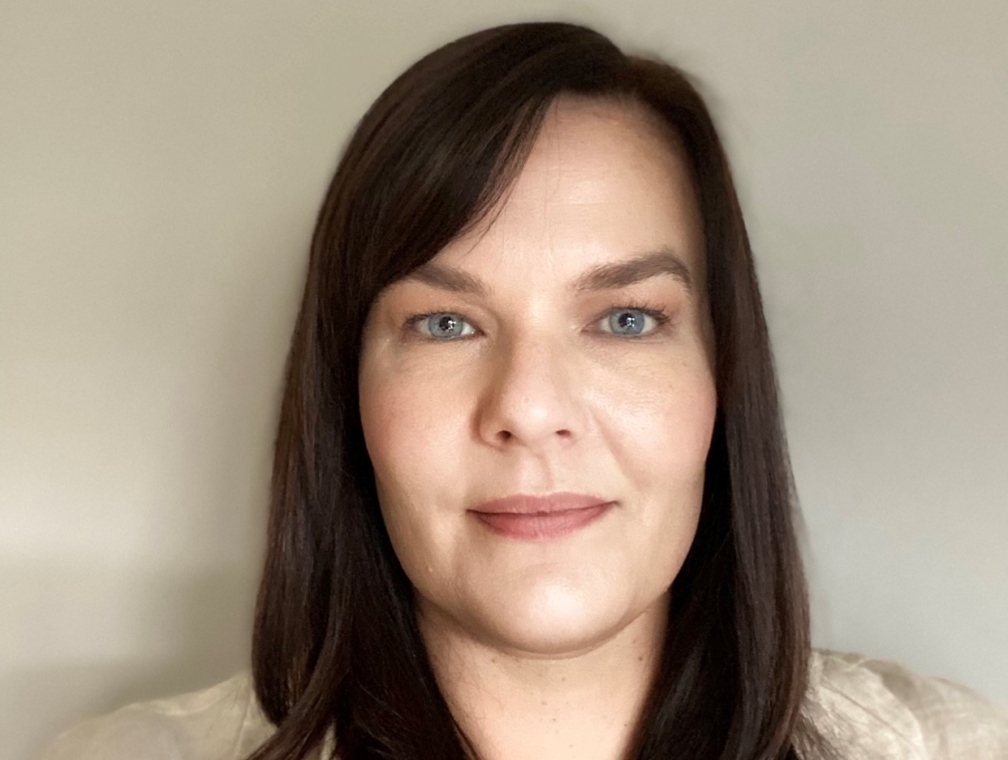Honour Her Through Art Auction
- Written by Charlotte Lewis

Many of us have a woman in our lives; a wife, daughter, sister, or friend who has been touched by gynaecological cancer. And during Gynaecological Cancer Awareness month this September, leading Australian artists have donated their work to help raise funds for life-saving clinical trials.
Funding through donations “ensures the design of the trial is decided by cancer doctors and researchers, who have no agenda other than to choose the best drugs and compare them with other treatments,” she said.
Public donations “ensure the design of the trial is decided by cancer doctors and researchers, who have no agenda other than to choose the best drugs and compare them with other treatments,” Prof Scott said.
She said funding of clinical trials “makes a critical difference in whether we understand who should get which drug for their cancer”.
“This can be the difference between a woman knowing which treatments and trials are right for her and most likely to prolong her life.
“Until we can match more cancers to targeted therapy, we are still behind the eight-ball. Trying to match treatment to more women’s gynaecological cancers will give more women the chance of experiencing a meaningful response to treatment, with longer control of their cancer.
“We need more funding to extend our current research so that we can discover more, faster."
ANZGOG, the peak body for gynaecological cancer research and clinical trials, has more than 1200 members conducting clinical trial research at more than 60 hospital sites, along with local and global collaborations.
This year nearly 7000 Australian women and 1000 New Zealand women will be diagnosed with one of seven gynaecological cancers – ovarian (fallopian tube), cervical, uterine (endometrial), vagina, vulva, and two rarer placental cancers. That’s 18 Aussie women and 3 Kiwi women every day.
And more than half of women diagnosed with ovarian cancer will not survive past five years. Meanwhile, the rate of endometrial cancer – which can be a very aggressive form of cancer – in Australia and New Zealand has increased by 55% in the past 10 years. Survival depends on early detection – and ongoing research and clinical trials into better treatments and outcomes.
In many cases, given that the symptoms of gynaecological cancer are non-specific, the cancer is not caught until quite late.
"Funding is especially vital given there are no screening tests for gynaecological cancers, other than cervical cancer. And the only vaccine – Gardasil – is for cervical cancer," Prof Scott said.
She said there was not enough funding for research. Worldwide success rates are very low for cancer research – often only about 10% – which means many grants are not funded and a lot of high-quality research simply does not go ahead.
“We need more clinical trials of a larger number of drugs, to cover the different types of drug matches we detect.
“Once we find a useful drug, or better still a combination of drugs that is proven to be effective in clinical trials, we need government-funded drugs because not all women are well enough for clinical trials and may have to pay $60,000-$100,000 for recommended treatment – which results in massive inequities.
“And then, as in breast cancer, they will likely need another expensive combination of drugs after that too. This is unsustainable for a patient, yet there are drugs which have a lot of clinical trial evidence but are still not available on the PBS.”
When someone is diagnosed with cancer and begins discussing treatment options with their doctor, those treatments were made possible by countless patients going through thousands of clinical trials over several decades. Clinical trials into cancer is how researchers get the evidence to support funding for further research and treatment.
“Most drugs approved for gynae cancers are chemotherapy agents – which have been around for a long time. They can shrink the cancer and sometimes cause a real remission of the cancer but mostly the cancer comes back.
“By testing the cancer, usually as part of research, with DNA sequencing, we can discover targets in the tumour … when ‘targeted’ therapy is properly matched to the cancer, it has a higher chance of controlling the cancer for longer.
“The best example is PARP inhibitor treatment matched to the BRCA1/2 mutation in ovarian cancer, where we think we can now cure more women.
To donate, go to: https://www.womencan.org.au/event/honour-her/honour-wall









